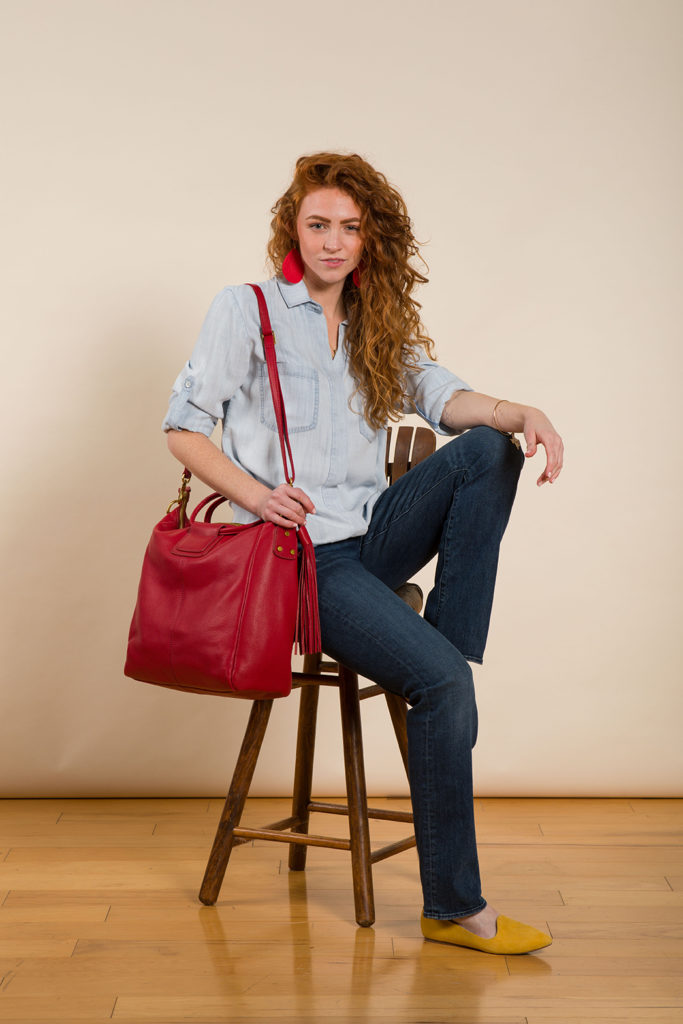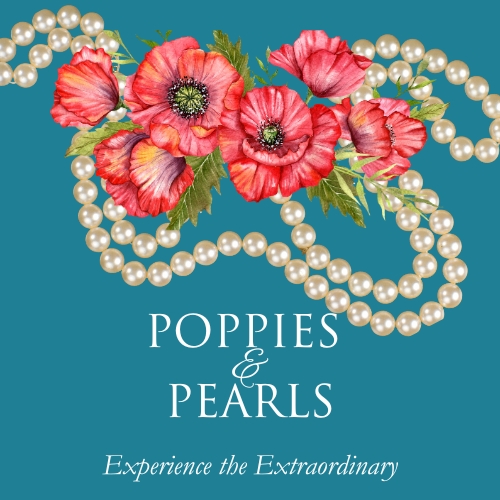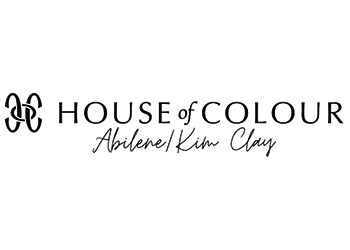With natural fabrics and eco-friendly manufacturing, sustainable fashion can be good for the environment and stylish. Addie Helms, owner of Addie’s Boutique on S. 27th, helps her customers understand the value of purchasing natural, sustainable clothing. 
Addie first became interested in fashion while working at a boutique in Abilene during college. After school, she moved to New York and worked for Putumayo, a music and apparel business. When she returned to Abilene, she worked as a teacher for 13 years, but kept working in retail on the side. This summer she will celebrate six years since opening her boutique.
“I want my shop to be a respite for women,” Addie said. “When you leave, you leave feeling more loved, more confident.”
So, what is sustainable fashion?
Natural Fabrics
Natural fabrics are one of the keystones of sustainable fashion. Most non-natural fabrics are made from polyester, which Addie said is basically plastic and chemicals mixed together to form threads. In contrast, natural fabrics are made from naturally existing materials like cotton.
Natural fabrics are often cool and more breathable – and that can be a game-changer in the West Texas heat! Addie said clothes made from linen and bamboo are great for travel because they don’t trap odors and can be easily washed and dried in a hotel. Because they don’t retain odors, natural fabrics don’t have to be laundered as often and they tend to last longer.
Common Types of Natural Fabrics
LYOCELL: This fabric is made from wood chips dissolved in solvent until they become threads. The name brand version is called Tencel.
BAMBOO: Similar to Lyocell, this fabric is made from bamboo submerged in water until it becomes soft enough to pull out fibers. Addie said bamboo is highly sustainable since it can grow almost anywhere and can be harvested every 90 days.
FLAX: The main ingredient in linen, flax, is also harvested by bundling the stalks and soaking them in water until it becomes fibrous.
COTTON: One of the major crops here in the South, cotton is a long-time, popular natural fabric. Manufacturers have found ways to blend cottons with other natural fabrics, such as bamboo.
Upcycling
Upcycling is sustainable because it involves taking old things and repurposing them rather than throwing them away. At Addie’s Boutique, customers can buy upcycled jewelry made from antique buttons and broken china. 
Supporting Makers
One way to ensure the products you’re buying are made humanely, is to purchase them from local makers and artists. Addie’s boutique features local art and furniture and even some fashion items made right here in the Big Country. Jennifer Jones is an artist who has a studio in Buffalo Gap. She dyes scarves, dresses, and kimonos in vibrant colors using a variety of dying techniques.
Consumer Habits
Even if your clothes aren’t entirely made of natural, eco-friendly materials, you can still take care of the environment through consumer habits. Buying less clothes is a simple way to reduce waste. Addie says consumers can focus on quality over quantity. This can mean having a simple capsule wardrobe that involves a small amount of versatile items that can be worn for many occasions. It also involves shopping second-hand instead of buying new items. Consumers can also buy one shirt made out of natural fabric that may cost more but lasts longer than a synthetic shirt.
By Haley Laurence
Photography By Tim Hinson




























Leave a Reply